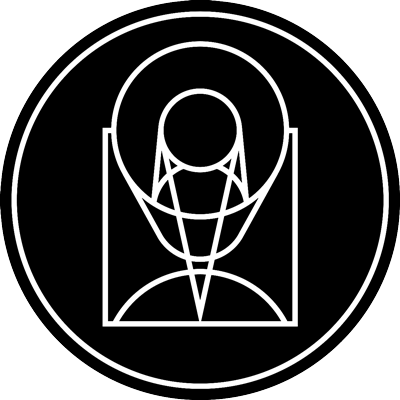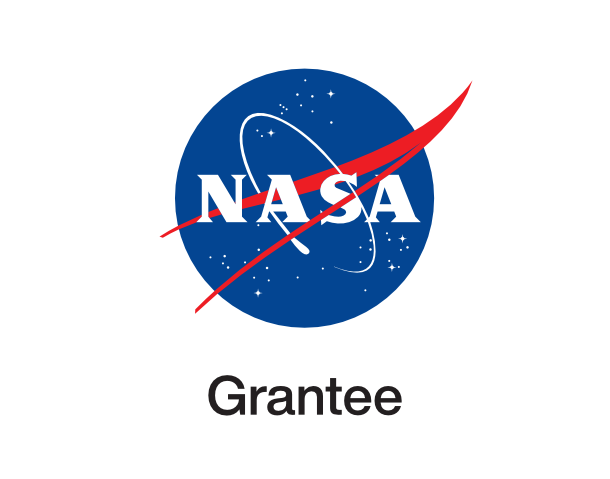Start your search here:
- Object Name - Search the archive by object name or coordinates resolved by simbad.
- Free Text - Search the archive for titles, captions and topics.
Recent Additions
Featured from the Archive
Hickson Compact Group 90
March 3rd, 2009
|
2009-10a
|
![]()
![]()
![]()
Trio of Galaxies Mix It Up
NASA's Hubble Space Telescope has imaged Hickson Compact Group 90 (M59) which is located 106 million light-years away.





























